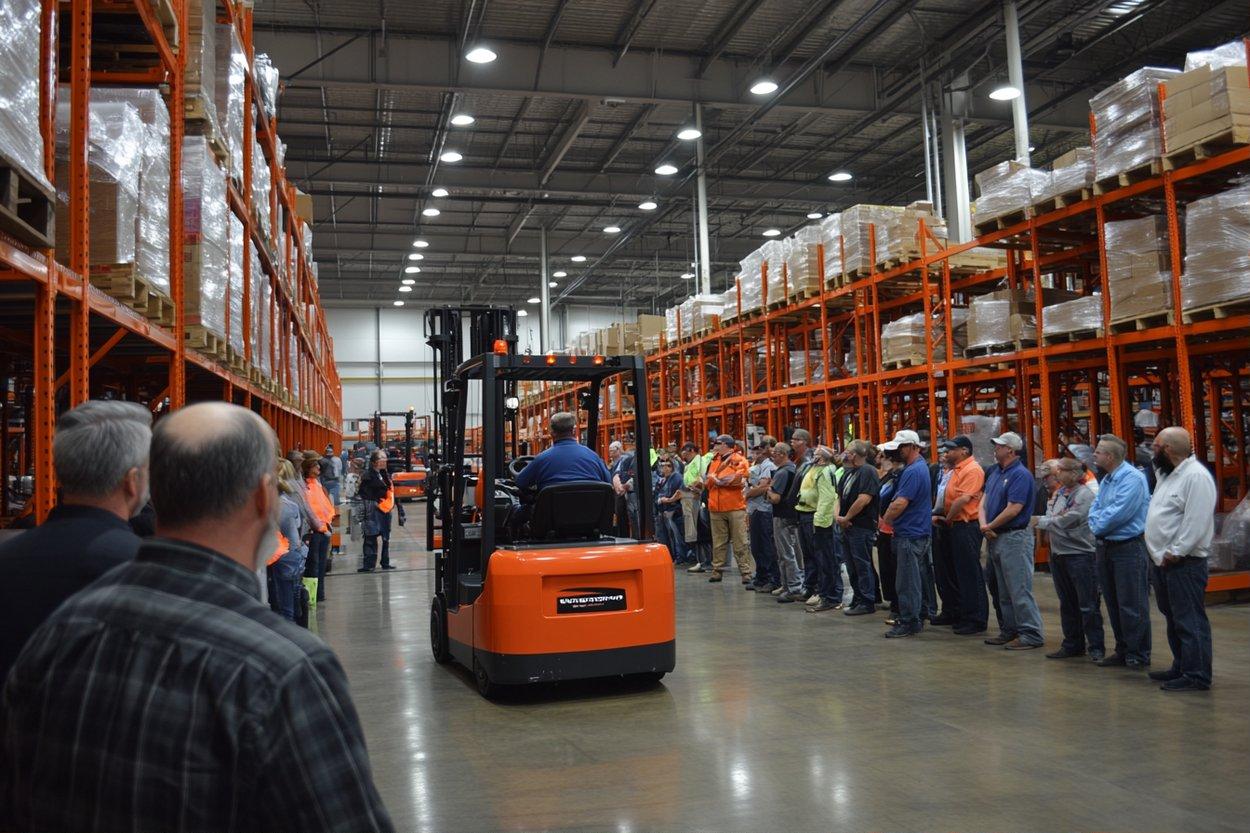**Reinventing Car Interiors: The Promise of Smart Surfaces**
The interior of a car has always been a significant aspect of the driving experience. From the comfort of the seats to the layout of the dashboard, every detail contributes to the overall feel of the ride. But with recent advancements in technology, car interiors are beginning to evolve in fascinating ways. Welcome to the world of smart surfaces!

The Advent of Smart Surfaces
The concept of smart surfaces in cars is a relatively new development, with roots tracing back to the rise of digital technology in the late 20th century. As touch screens became more prevalent in everyday devices like phones and tablets, the automotive industry saw an opportunity to incorporate this technology into vehicles. The initial stages of this integration saw the introduction of touch-screen infotainment systems, replacing traditional knobs and buttons.
Beyond the Touchscreen
Today, the idea of smart surfaces in cars goes beyond touchscreens. These surfaces, made possible through advancements in material science and electronics, can sense and respond to a user’s touch, providing a more intuitive and immersive driving experience. Imagine a dashboard that changes its display based on your needs at the moment, or a steering wheel that can sense your grip and adjust its feedback accordingly. These are just a few examples of what smart surfaces can offer.
Current Trends and Applications
In the current automotive industry, smart surfaces are being implemented in innovative ways. Some luxury car manufacturers have begun using smart surfaces to provide a more personalized driving experience. Features like adaptive ambient lighting, gesture-controlled infotainment systems, and customizable display panels are becoming increasingly common in high-end vehicles.
Impact and Potential
The potential of smart surfaces in cars is immense. Apart from enhancing the driving experience, they hold the promise of making vehicles safer. As smart surfaces become more sophisticated, they could potentially monitor a driver’s vital signs, alerting them if they show signs of fatigue or stress. The challenges, however, lie in ensuring these technologies are reliable, affordable, and intuitive enough for everyday use.
The Road Ahead
As the automotive industry continues to evolve, the role of smart surfaces will undoubtedly become more significant. They represent a fusion of design and technology, providing a unique blend of form and function. The journey towards fully integrating smart surfaces into cars will be filled with challenges, but the potential benefits make it a journey worth taking.
In conclusion, smart surfaces are set to redefine the concept of car interiors, bringing a new level of interaction and personalization to the driving experience. While we are still at the early stages of this revolution, the future holds exciting possibilities for what our car interiors could become.




